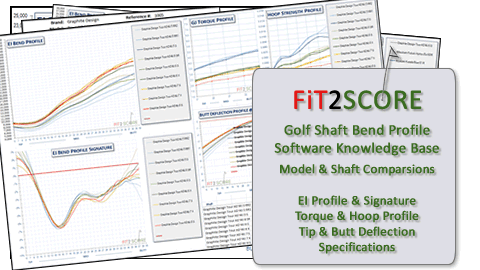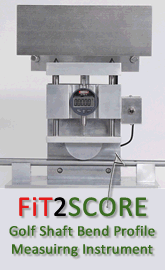AeroTech Powercoil Golf Shaft Review
By Russ Ryden, Fit2Score, A Dallas Fort Worth Club Fitter & Club Maker
The Golf Center at the Highlands, Carrollton Texas
 The AeroTech PowerCoil driver shaft comes in two weights, 50 and 65 grams. As claimed on the Aerotech website, the tip stiffness increases with weight and stiffness. It is filament wound like the SteelFiber and has excellent radial consistency.
The AeroTech PowerCoil driver shaft comes in two weights, 50 and 65 grams. As claimed on the Aerotech website, the tip stiffness increases with weight and stiffness. It is filament wound like the SteelFiber and has excellent radial consistency.
To continue reading this section of the review, you must be registered at a higher level membership.
Russ
To continue reading this section of the review, you must be registered at a higher level membership.
Russ





